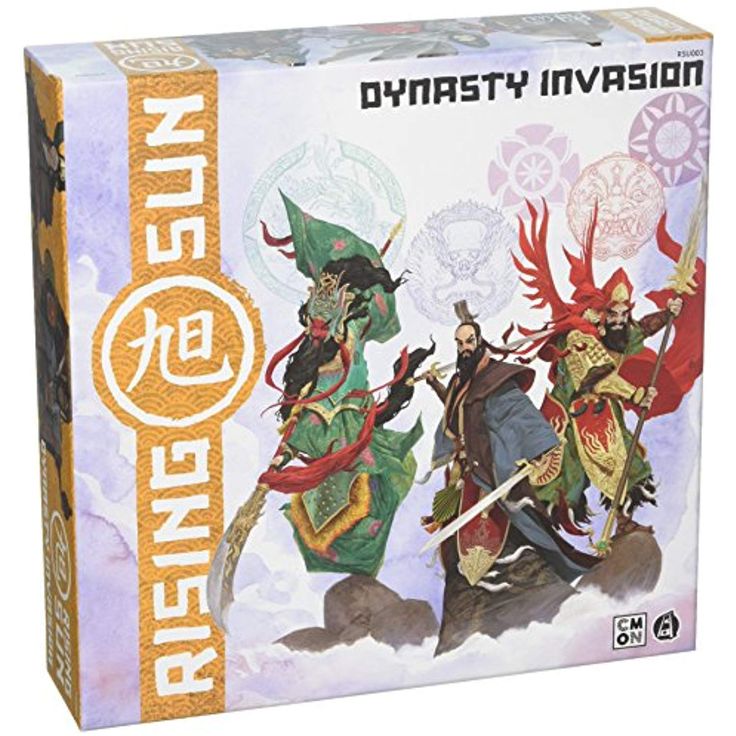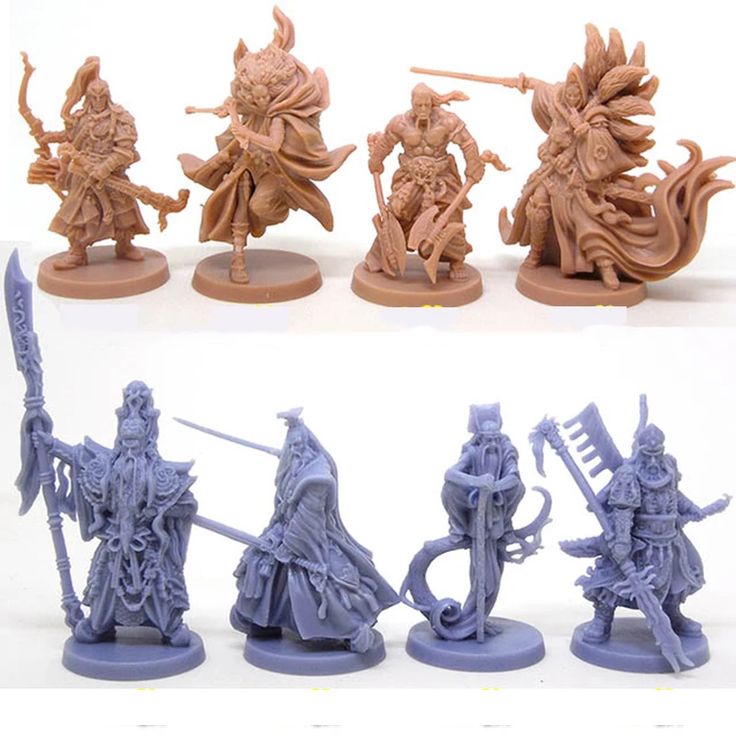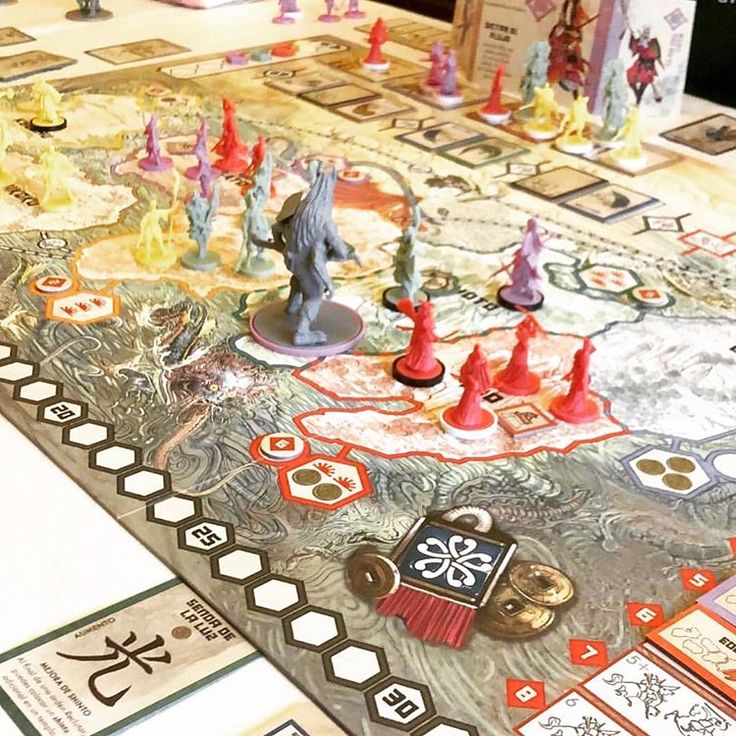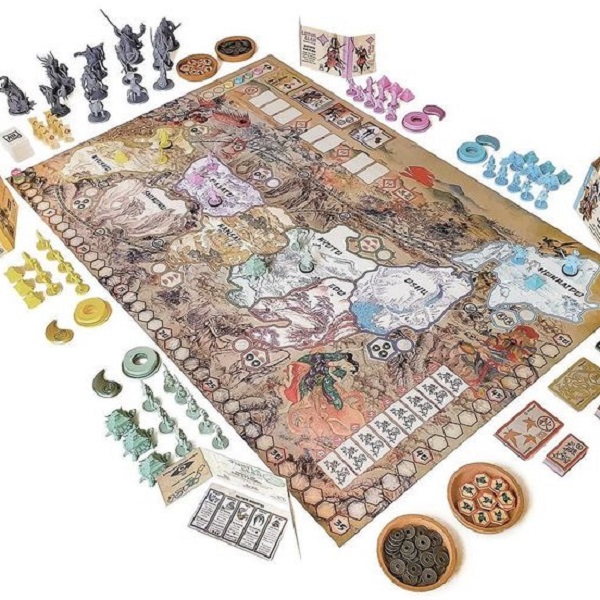Introduction
The Rising Sun board game is a revered title in strategic gaming. It is designed by Eric M. Lang and published by CMON. This game takes players into a mythical version of feudal Japan, blending art, diplomacy, and strategy.

What is Rising Sun?
Rising Sun is a competitive game of alliances and combat. It accommodates 3 to 5 players and typically lasts about 90 to 120 minutes. Players assume the roles of leaders of clans vying for dominance. The game emphasizes diplomacy, honor, and negotiation. Unlike some battle-focused games, alliances shape much of the gameplay, and betrayal is always a looming threat.
In Rising Sun, players manage clan resources, recruit powerful figures, and conquer provinces. Actions are carried out through seasonal phases, allowing strategy to unfold over time. Victory is achieved by maintaining the most honor while accumulating victory points.
Setting and Theme of the Game
Rising Sun immerses players in a richly detailed setting inspired by feudal Japan. The game includes mythical creatures and gods from Japanese folklore. This thematic choice enhances its storytelling and visual appeal.
Each clan has a connection to Japan’s ancient myths and traditions, which drives their unique strategies. The seasons—Spring, Summer, and Autumn—set the pace, followed by Winter for scoring. The cultural elements blend seamlessly with the gameplay, making each session both immersive and strategic.
Game Components and Artwork
Detailed Look at the Components
Rising Sun’s components are meticulously designed and of high quality. The game includes beautifully sculpted miniatures representing clans, monsters, and gods from Japanese mythology. These miniatures enhance the visual appeal and thematic immersion.
The game board is large and features a detailed map of Japan divided into provinces. Markers, tokens, and cards are made with durable materials and are easy to handle and read. Clan screens add a personal touch, allowing players to manage their resources discreetly. Each component fits seamlessly into the gameplay.
Season cards provide unique abilities and bonuses for players to strategize with during each phase. The coins, called “koban,” are distinct and add a layer of authenticity to the game. Together, these components contribute to an engaging and strategic experience.
The Role of Artwork in Enhancing Gameplay
The artwork in Rising Sun plays a crucial role in its success. It is heavily influenced by traditional Japanese art, blending historical and mythical elements. The illustrations on the cards and the board are visually stunning, immersing players in the game’s setting.
Each clan has distinct visual designs that reflect their unique personalities and mythological ties. The intricate details on the miniatures and cards ensure an immersive experience for all players.

The cohesive art style ties the entire game together. This visual consistency fosters a sense of authenticity and brings the mythical world of Rising Sun to life. These artistic elements not only enhance gameplay but also make the game a collectible masterpiece for rising sun board game enthusiasts.
Gameplay Mechanics
Rising Sun offers unique gameplay mechanics that combine strategy, diplomacy, and resource management. Each session revolves around careful planning, negotiation, and battle execution. The game unfolds over several seasonal phases, adding layers of depth to the experience.
Core Mechanics of Rising Sun
The core mechanics are designed to create a mix of planning and unpredictability. Each player leads a clan and takes actions during seasonal phases: Spring, Summer, and Autumn. Common actions include recruiting figures, moving troops, and purchasing upgrades through seasonal cards.
The game features a mandate system, where players take turns selecting a political mandate. Actions like Train, Marshal, Harvest, and Betray allow players to dictate the focus of gameplay. This system ensures every decision impacts the game state, promoting tactical flexibility.
Honor is a key mechanic. It determines turn order and affects how players interact. High-honor players follow the rules strictly, while low-honor players can use certain cards more freely. This balance adds a moral dimension to strategy, rewarding both integrity and cunning.
Role of Diplomacy and Alliances
Diplomacy is central to Rising Sun and distinguishes it from many other strategy games. At the start of each season, players can form alliances. Partnering with another clan provides specific benefits, like shared rewards and strategic support during battles.
However, alliances are fragile and can be broken at any time. Betrayal is a powerful but risky move, as it affects a player’s honor. Successful alliances require trust and coordination, while betrayal can turn games in unexpected directions.
Negotiation extends beyond alliances. Players often engage in deals, trades, or promises to gain tactical advantages. This interactive element highlights the social and psychological aspects of the game.
Combat System and Strategies
The combat system in Rising Sun is a blend of strategy and risk management. Players resolve combat using a unique bidding mechanic. Coins are secretly allocated to specific battle strategies, such as hiring mercenaries or seizing hostages. This adds tension, as players cannot predict their opponents’ plans.
Victory in combat is not just about strength. Players must balance resources, predict opponents’ bids, and consider the game’s broader context. Sometimes, losing a battle can provide valuable rewards, like honor or ronin tokens.

Combining these mechanics, Rising Sun creates a dynamic and engaging strategic experience. Its mix of diplomacy, war, and resource management ensures no two games feel the same.
Factions and Their Characteristics
Overview of Factions
Rising Sun features five distinct clans that compete for dominance. Each faction is inspired by Japanese folklore and possesses unique characteristics. The clans are:
- Koi Clan: Masters of adaptability, they thrive by altering their strategies in dynamic ways.
- Turtle Clan: Focused on defense, their strongholds are mobile and provide strategic advantages.
- Bonsai Clan: Known for their strong economy, they gain additional income during harvest phases.
- Dragonfly Clan: Agile and unpredictable, they can place figures anywhere, bypassing movement restrictions.
- Lotus Clan: Exceptional negotiators, they choose political mandates that define gameplay direction.
Understanding each clan’s strengths reveals strategic options for players. Choosing a clan that suits your playstyle is essential for success.
Unique Abilities for Each Faction
Each faction in Rising Sun is designed with unique powers that shape gameplay. These abilities not only enhance strategy but also drive creativity in decision-making.
- Koi Clan: Their adaptability allows them to adjust their honor during the game. This lets them exploit situations that favor either high or low honor.
- Turtle Clan: Their mobile strongholds make them resilient in combat. They can deploy their defense structures effectively across provinces.
- Bonsai Clan: Extra income during harvest aids resource accumulation. This advantage makes them formidable during economic planning phases.
- Dragonfly Clan: Their movement flexibility keeps opponents guessing. The ability to deploy figures anywhere creates unexpected opportunities.
- Lotus Clan: Their power to select political mandates ensures control over gameplay. This ability enhances negotiation and resource management.
Mastering these unique abilities is a key aspect of succeeding in Rising Sun. Selecting the right strategies and leveraging each clan’s strengths create engaging experiences.
Expansion Packs and Variants
Rising Sun offers expansion packs that enrich its strategic depth and thematic richness. These additions provide new elements, enhancing replayability and engagement for players. Expansion packs introduce unique figures, rules, and gameplay twists, making the game feel fresh with each setup.
Available Expansions for Rising Sun
Several expansions are available for Rising Sun, each adding distinct upgrades to the base game:
- Dynasty Invasion: Features two new clans, Moon Clan and Sun Clan. Both have unique abilities and strategies.
- Kami Unbound: Gives players deeper interaction with Japanese gods. The Kami now influence gameplay dynamically.
- Monster Pack: Adds mythical creatures, expanding the strategic possibilities in battles.
These expansions offer variety while staying true to the core mechanics of rising sun board game. Players can incorporate specific packs based on their preferred level of complexity.

How Expansions Change the Gameplay
Expansions significantly alter Rising Sun’s existing mechanics:
- New Clans and Abilities: Additional factions bring varied strategies into clan selection. Each introduces new powers and tactical options.
- Enhanced Interaction with Kami: Kami Unbound changes the way godly entities function. They exert global effects, influencing all players equally.
- Introduce Mythical Monsters: The Monster Pack raises stakes in battles, offering new ways to gain dominance over provinces.
- Increased Player Customization: Expansions allow players to experiment with different setups to tailor their gaming experience.
Integrating expansions can lead to unpredictable outcomes, making strategic planning even more critical. These additions ensure Rising Sun’s gameplay evolves to suit both new and veteran players, enriching every session.
Strategies and Tips for Winning
Mastering Rising Sun requires a blend of strategy, diplomacy, and resource management. Each decision shapes the game progress and outcome. Here are key strategies to improve your chances of victory.
Diplomacy Strategies
- Forge Strong Alliances Early: Partner with clans that complement your abilities. Trust strengthens shared rewards and minimizes risks.
- Plan Betrayals Carefully: Betraying allies can be powerful but damages your honor. Strategize timing for maximum impact.
- Negotiate Actively: Use trades, deals, and promises to gain tactical advantages. Communication is vital.
- Balance Trust and Caution: Be wary of betrayal by allies. Plan backups to counter sudden alliance disruptions.
- Use Honor Strategically: High honor boosts reputation; low honor allows flexibility in interactions. Adjust actions to suit.
Combat and Resource Management Tips
- Bid Wisely in Battles: Analyze opponents’ moves and allocate coins strategically. Predict bids to gain the upper hand.
- Focus on Provinces with Value: Conquer provinces that provide resources and victory points. Prioritize high-value areas.
- Balance Combat Efforts: Sometimes losing battles strategically grants rewards like ronin tokens or additional honor.
- Upgrade Strategically: Purchase upgrades through seasonal cards to strengthen your clan’s abilities. Invest early.
- Optimize Resource Use: Manage your coins, strongholds, and ronin effectively. Avoid wasting valuable assets.
- Adapt to Season Phases: Adjust plans based on Spring, Summer, and Autumn opportunities. Strategic flexibility is critical.
Implementing these strategies ensures a competitive edge in Rising Sun. Balance planning with adaptability for consistent improvement.
Community and Popularity
Rising Sun has become a staple in the board gaming community. Its blend of strategy, diplomacy, and thematic richness has garnered widespread attention and acclaim. Let’s explore the reasons behind its community appeal and enduring popularity.
Rising Sun in the Board Gaming Community
Rising Sun holds a revered position within board gamers’ circles. Its unique mechanics, stunning artwork, and immersive storytelling make it a favorite for both casual and hardcore players.
- Recognition in Events and Competitions: Rising Sun frequently appears in gaming conventions and tournaments. Its strategic depth attracts competitive play.
- Collaborative and Social Appeal: Players enjoy the emphasis on alliances, negotiation, and diplomacy, making each session interactive and engaging.
- Community Discussions and Strategies: Online forums and communities regularly discuss tips, strategies, and expansions, keeping the game dynamic.
- Global Reach: With localized themes and universal mechanics, it appeals to players worldwide.
Fans and collectors also praise the game for its beautiful components. Rising Sun inspires a sense of shared exploration and storytelling, strengthening its community presence.
Why Rising Sun is Popular Among Gamers
Rising Sun’s popularity stems from its innovative gameplay and aesthetic appeal. It stands out as a masterpiece in modern board gaming.
- Strategic Depth: Gamers love the focus on negotiation, alliances, and carefully planned moves.
- Replayability: Seasonal phases and diverse clans ensure every game feels fresh and unpredictable.
- Visual Excellence: The game’s high-quality miniatures and Japanese-inspired artwork captivate players.
- Rich Theme: The mythical setting and cultural fusion create a memorable and immersive experience.
- Expansions Enhance Gameplay: Add-ons like Kami Unbound and Dynasty Invasion keep players invested in new strategies.
Rising Sun appeals to social players who enjoy diplomacy and competitive gamers seeking tactical challenges. Its unique blend of these elements secures its place as a beloved classic.
Comparisons to Similar Games
Comparing Rising Sun to Blood Rage
Rising Sun and Blood Rage are both designed by Eric M. Lang and published by CMON. These games share elements of strategy, combat, and captivating themes, but their mechanics and focus differ greatly.
Blood Rage is set in the mythological world of Norse mythology, and players aim to lead Viking clans to glory. In Blood Rage, combat and area control are the primary focus, with victory achieved through points gained from battles, quests, and controlling territories. It emphasizes drafting cards to enhance clan abilities and creates a faster-paced, aggressive gameplay style.
Rising Sun, in contrast, is set in a mythical version of feudal Japan. It introduces diplomacy and alliances as central mechanics. Players form seasonal alliances, engage in multi-faceted battles, and focus heavily on honor and negotiation. Victory requires balancing resources, alliances, and strategically managing clan powers. Rising Sun provides a slower-paced, deeply cerebral experience.
Both games excel in storytelling and thematic immersion through beautiful artwork and components. Rising sun board game emphasizes trust and betrayal, while Blood Rage offers direct conflict and competition.

Key Differences and Similarities
Similarities:
- Both games revolve around strategic planning and resource management.
- Each features stunning artwork and high-quality miniatures that enhance the immersive experience.
- Regional conflict plays a role, with players vying for control over territories.
- Victory points are gained from multiple avenues, allowing diverse strategies to succeed.
Differences:
- Theme and Setting: Blood Rage is rooted in Norse mythology, while Rising Sun is inspired by feudal Japan.
- Mechanics: Blood Rage focuses on area control and card drafting; Rising Sun emphasizes diplomacy and honor.
- Gameplay Pace: Blood Rage is fast and aggressive; Rising Sun is slower and negotiation-heavy.
- Social Interaction: Rising Sun prioritizes alliances and betrayal; Blood Rage centers on direct combat and quests.
- Winning Strategies: Rising Sun rewards careful negotiation and balance, while Blood Rage values aggressive tactics.
Both games provide unique experiences catering to different player preferences. Rising sun board game suits fans of diplomatic gameplay, while Blood Rage appeals to those favoring intense battles.




